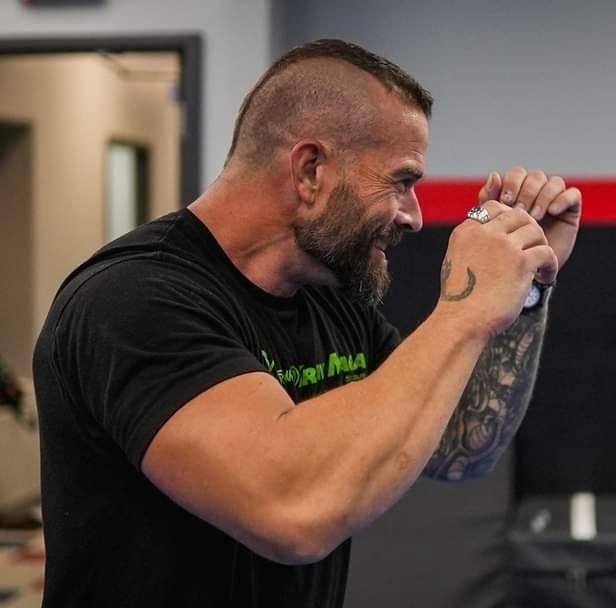Unleash Your Inner Fighter Sparology: Master the Art of Controlled Combat
Step into the world of Sparology at Xtreme Krav Maga & Fitness – Fenton! This unique program is designed to help you develop practical fighting skills, mental toughness, and the confidence to handle real-world encounters. Whether you’re a beginner or a seasoned martial artist, Sparology offers a safe and structured way to build your technique, sharpen your reflexes, and prepare for anything life throws your way. From slow-paced drills to full-contact sparring, each session is tailored to your skill level, ensuring a challenging yet rewarding experience. Ready to take your training to the next level? Let’s get started!
Get more information about our classes and trial options on the next page!
Discover the Benefits of Sparring at Xtreme Krav Maga & Fitness – Fenton
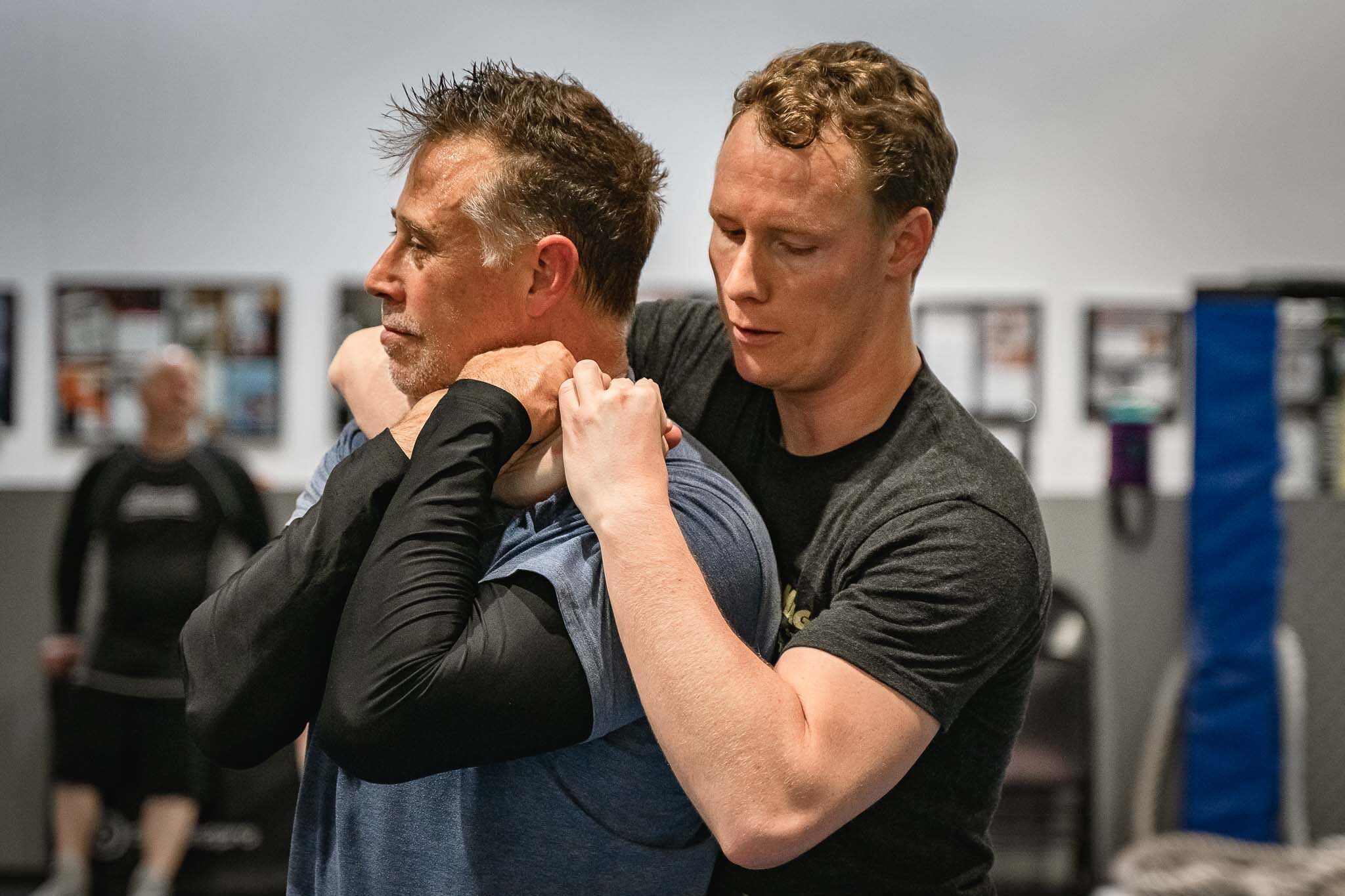
Learn to handle the intensity and unpredictability of real-life encounters in a controlled environment. Sparology prepares you to stay composed, react effectively, and build the confidence to face any challenge.
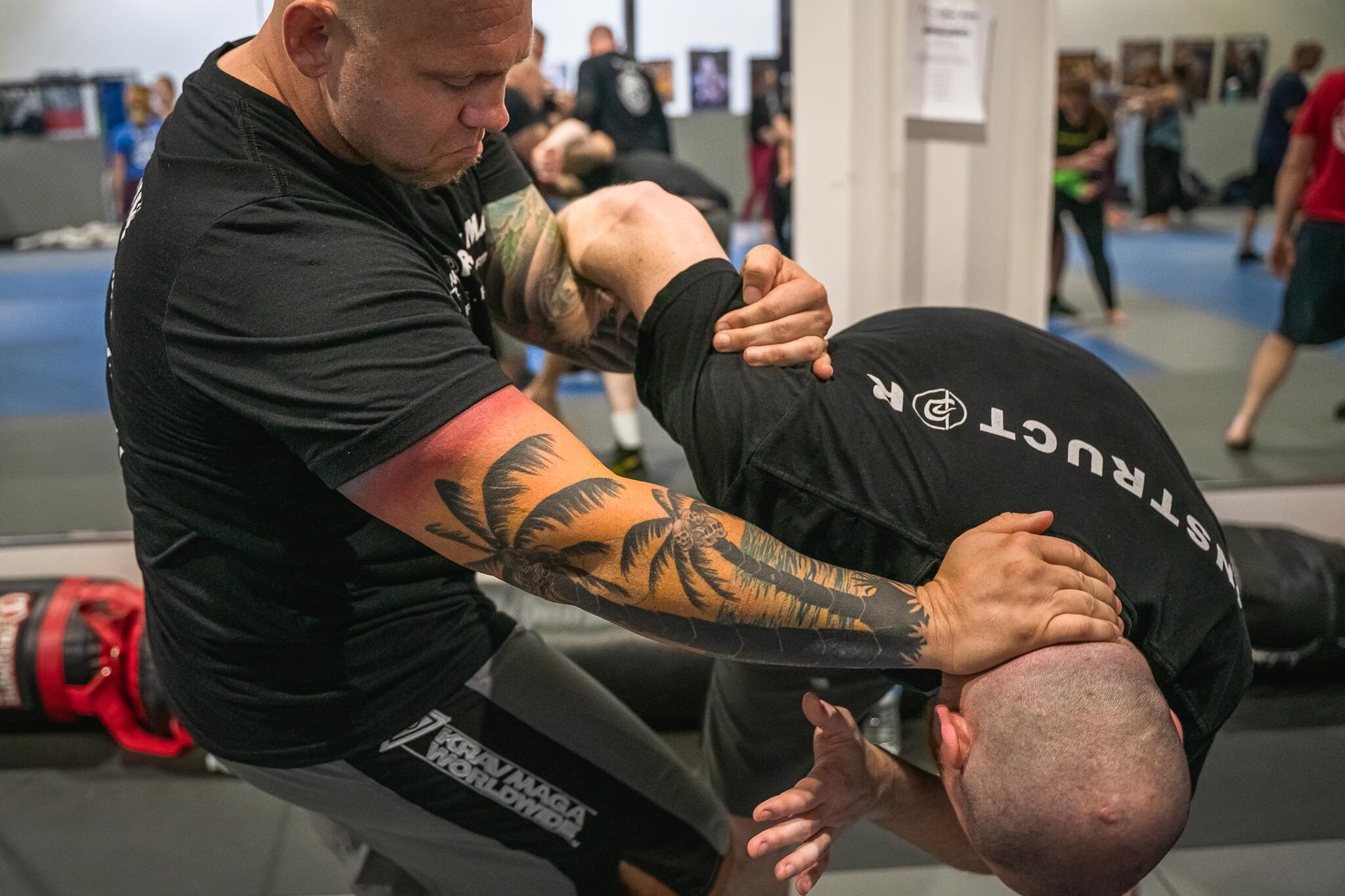
From mastering timing and distance to developing endurance and mental focus, our Sparology program pushes you to grow in every aspect of your training. Gain the strength to overcome both physical and mental barriers.
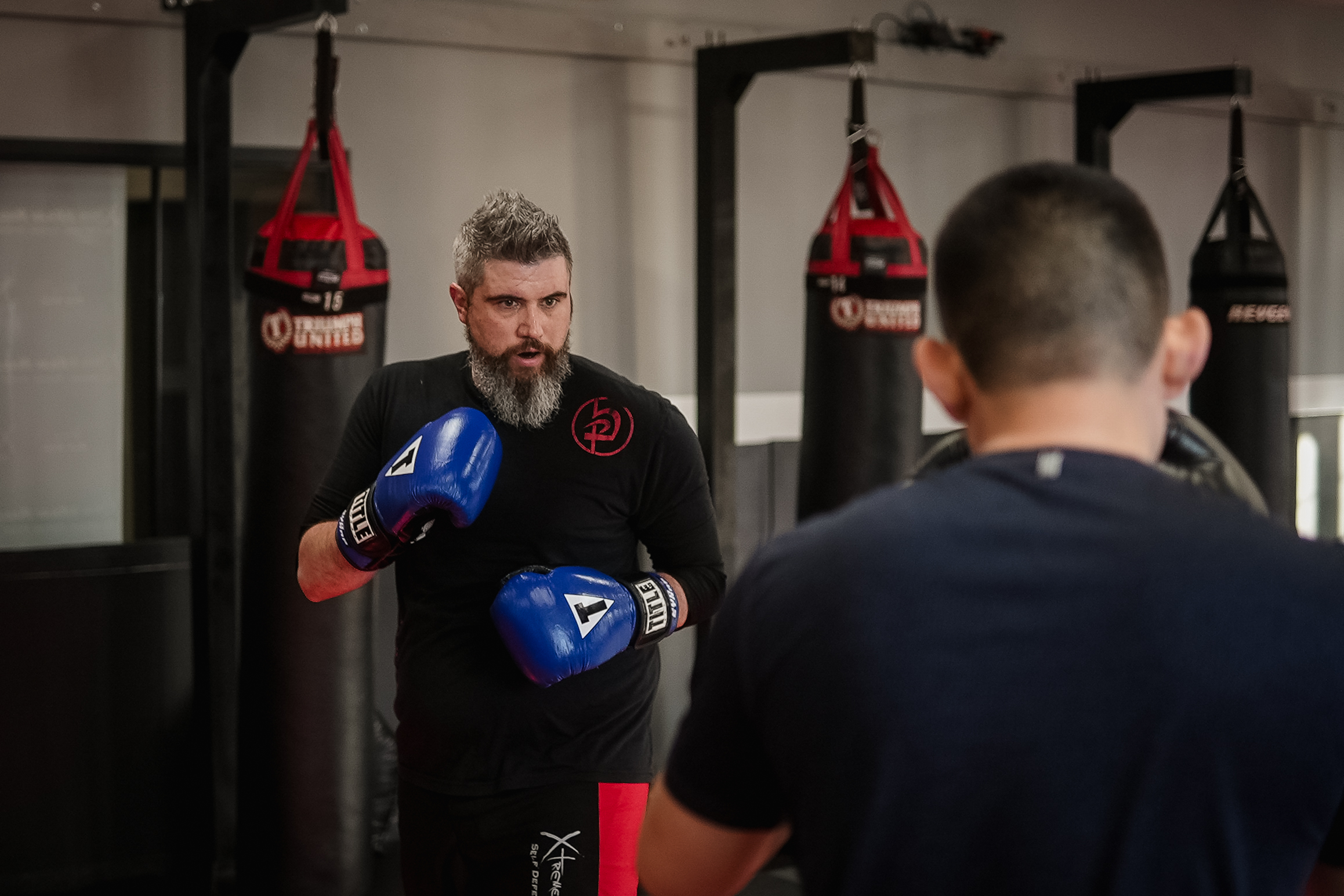
Whether you’re new to sparring or ready for full-contact practice, our progressive approach ensures a safe, supportive, and challenging environment for all experience levels. Develop your skills at a pace that works for you.
Sparology: Master Controlled Combat
Our Sparology program at Xtreme Krav Maga & Fitness – Fenton trains you to develop practical fighting skills, mental toughness, and confidence for real-world situations. From slow sparring to full-contact, we provide a safe environment for all skill levels to grow and excel.
Sparring introduces fighters to the pressures of real combat, helping them prepare for unpredictable encounters. By controlling speed and impact, students develop the physical and mental control needed to handle high-pressure situations effectively.
Losing a Sparring Match
Losing is part of the learning process. Each session is an opportunity to identify weaknesses, improve technique, and grow stronger. Beginners control intensity to ensure sparring remains a valuable learning experience.
The Slow Path to Control
Control over body and mind is key in sparring. Practicing balance, power modulation, and composure builds mastery. Focus on staying calm under pressure and refining movements to achieve precision.
The Importance of Rhythm
Like dancing, sparring requires balance and coordination. Break predictable patterns to throw off your opponent and gain the upper hand. Disrupting rhythm helps you stay one step ahead in a fight.
How to Use Combinations Effectively
Effective combinations require quick thinking and strategy. Plan moves in advance and anticipate your opponent's reactions to execute impactful strikes with precision and efficiency.
Slow sparring focuses on technique, timing, and understanding attack and defense patterns. Fighters move at 20-30% speed with full impact to practice predicting and responding to attacks safely.
Don’t Jump in the Ring
Sparring requires discipline and preparation. Beginners must first master foundational techniques and control to ensure safety and maximize their learning.
Predict Oncoming Attacks
Awareness and anticipation are critical in sparring. Practice reading your opponent's movements to prepare defensive responses, making faster attacks manageable over time.
Mastering Your Timing
Precision timing saves energy and delivers powerful strikes. Learn to hit at the perfect moment by refining your reaction skills and maintaining focus throughout sparring sessions.
Keeping the Proper Distance
Distance control minimizes incoming damage and maximizes strike power. Practice maintaining the right range to stay safe and land effective blows in sparring.
Light sparring emphasizes speed and reaction time. Fighters move at 70-90% speed with lighter impact, training their central nervous system to handle fast-paced scenarios while staying safe.
Learning About Response Time
Real fights demand quick reactions. Light sparring tests your ability to recognize attacks and respond efficiently under pressure while maintaining control.
Medium sparring balances speed and impact, introducing more pressure to improve reaction time and resilience. Fighters use heavier gloves for safety while honing their skills in a dynamic environment.
Higher Pressure Increased pressure in medium sparring pushes mental and physical limits. Fighters focus on real-time reactions and adapting to stronger impacts, building endurance and composure.
Hard sparring intensifies speed and impact to simulate real fight conditions. Communication with your partner is essential for safety while practicing advanced skills.
Resist the Impact
Hard sparring trains your ability to absorb and evade blows. This builds resilience, improves balance, and enhances reaction time under high-impact conditions.
Full-contact sparring replicates the intensity of real fights with controlled strength. Fighters practice using full speed and nearly full power while relying on gear for safety.
Benefits of Full Contact
Full-contact sparring boosts endurance, adaptability, and mental toughness. It prepares you for high-pressure situations while strengthening your overall physical capabilities.
Mental conditioning is just as important as physical training. Focus, discipline, and strategic thinking are essential to stay composed and make smart decisions in sparring and real-life encounters.
Your Journey Through Sparology
At Xtreme Krav Maga & Fitness – Fenton, we believe sparring is more than just throwing punches—it’s about mastering control, building resilience, and preparing for real-world situations. Our Sparology program offers a step-by-step progression, starting with slow sparring to focus on technique and timing, advancing to light and medium sparring for enhanced reflexes, and culminating in hard sparring for a true test of your skills. Each level is designed to challenge you while prioritizing safety, ensuring you grow both physically and mentally with every session.
Controlled Sparring for Practical Growth
At Xtreme Krav Maga & Fitness – Fenton, our Sparology program is designed to build you up, step by step. Sparring teaches real-world self-defense skills while keeping safety a top priority. By progressing through different levels of sparring—ranging from slow-paced, technique-focused sessions to high-intensity, full-contact practice—you’ll develop precision, confidence, and adaptability. This structured approach ensures you’re not just throwing punches but mastering timing, control, and strategic thinking. Whether you’re a beginner or an advanced practitioner, sparring is where training meets real-world readiness.
The Art of Timing and Precision
Sparring isn’t just about striking—it’s about knowing when and how to strike. At Xtreme Krav Maga & Fitness – Fenton, we emphasize the importance of timing and accuracy as the foundation of effective self-defense. By practicing with partners in a controlled environment, you’ll learn to predict movements, react with precision, and deliver impactful techniques without wasted effort. Perfecting timing not only makes your strikes more efficient but also sharpens your awareness, giving you the edge in both training and real-life situations. Every session brings new opportunities to refine your skills and grow as a martial artist.
Real Stories from Our Xtreme Community
Hear directly from the people who train with us! Our members share their experiences, achievements, and the impact Xtreme Krav Maga & Fitness has had on their fitness journeys. These reviews reflect the supportive community, top-tier amenities, and personalized guidance that make us stand out. See how we’re helping people across St. Louis reach their goals every day!
FAQs
Sparology at Xtreme Krav Maga & Fitness – Fenton is a structured sparring program designed for all experience levels. It focuses on building real-world self-defense skills, mental toughness, and confidence through progressive training, from beginner-friendly sessions to advanced full-contact sparring.
Absolutely. Beginners start with slow sparring to focus on technique and timing while maintaining a safe environment. Participants control intensity, speed, and impact, ensuring safety and effective learning at every level.
Sparring helps improve timing, precision, coordination, and confidence. It also enhances physical fitness, mental focus, and resilience while preparing students for real-world self-defense situations.
Required equipment varies by level. For slow sparring, basic gear like a mouthguard and groin protection is sufficient. As you progress, you’ll need gloves, shin guards, and headgear for added safety during higher-intensity sessions.
Your instructor will guide you based on your skills and experience. Whether you’re starting with slow sparring or ready for hard contact, our program ensures you train at a level that’s both safe and challenging.
Even More Reasons to Join
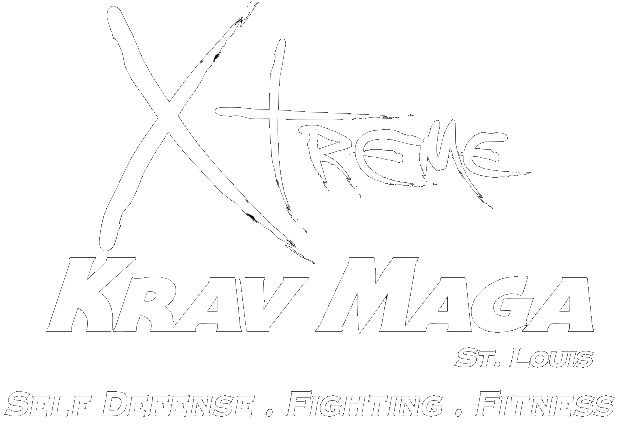
Sparring sessions provide a healthy outlet for stress and anxiety, helping you release built-up tension while staying active. The focus and intensity of training keep your mind sharp and clear.

Sparring demands precise movements and quick reflexes, which translate to better coordination and balance in everyday life. Build a stronger connection between your body and mind through consistent practice.

Sparring is a high-energy activity that pushes your limits, improving your heart health and overall endurance. It’s an engaging way to stay fit while working on your fighting skills.

Sparring is more than individual practice—it’s about mutual growth. Partnering with others builds camaraderie, trust, and communication skills, making every session a team effort in a supportive environment.











































